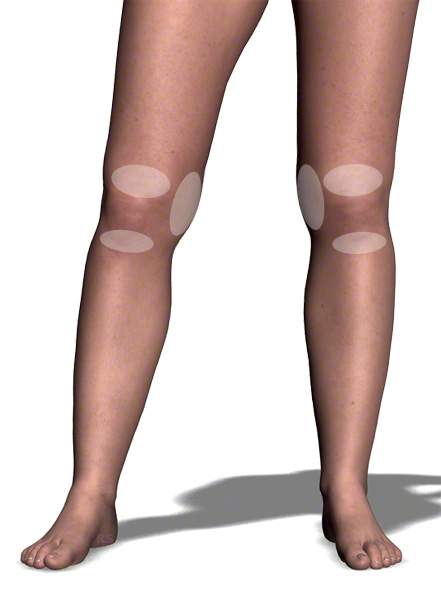
Fat pads on the front and inside of the knee
Some women complain of fat pads on the inside of the knee and / or above and occasionally below the kneecap. Particularly in the case of slim people, the pressure of suffering can be great precisely because of the otherwise normal figure. The desire for liposuction is not uncommon in such women.
Is liposuction on the knee safe?
The indication for liposuction on the front of the knee (above and below the kneecap) must be relatively strict. Some specialist articles tend to advise against it. On the one hand, the proximity to the knee joint must be considered due to protrusions of the knee joint capsule (suprapatellar recess).
On the other hand, older people in particular may have excess skin that should not be underestimated, which reduces the aesthetic result. The skin can then wrinkle over the kneecap after overly aggressive knee liposuction.
However, if the healing indication for this operation is narrow, an improvement in appearance can be expected.
Liposuction on the inside of the knees
In contrast to the front of the knee, the inside of the knee is one of the classic areas for liposuction. The accumulations of fat here can usually be easily corrected with a small puncture using thinner cannulas. However, if the procedure is carried out too aggressively, as in all other areas, dents can occur which must be filled using autologous fat transplants.
What is the aftercare for liposuction on the knee?
As after any liposuction, post-operative compression therapy (compression stocking) and a certain amount of rest for approx. 6 weeks is recommended for knee correction. If only the knee is wrapped, swelling of the lower legs is inevitable due to the resulting drainage disorder.
Painkillers and decongestants are particularly useful in the first few days. If the puncture sites are sutured, the stitches can generally be removed after approx. 1 week.
Depending on the extent of the liposuction, sports that involve movement and strain on the knees should be avoided for 6 weeks.

